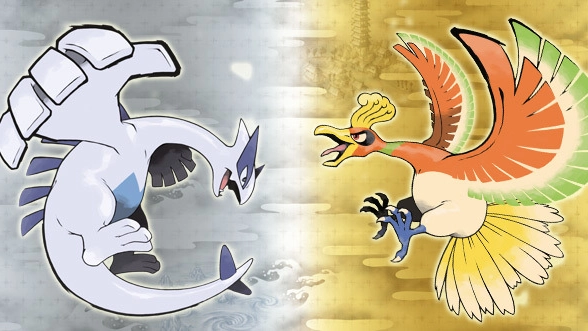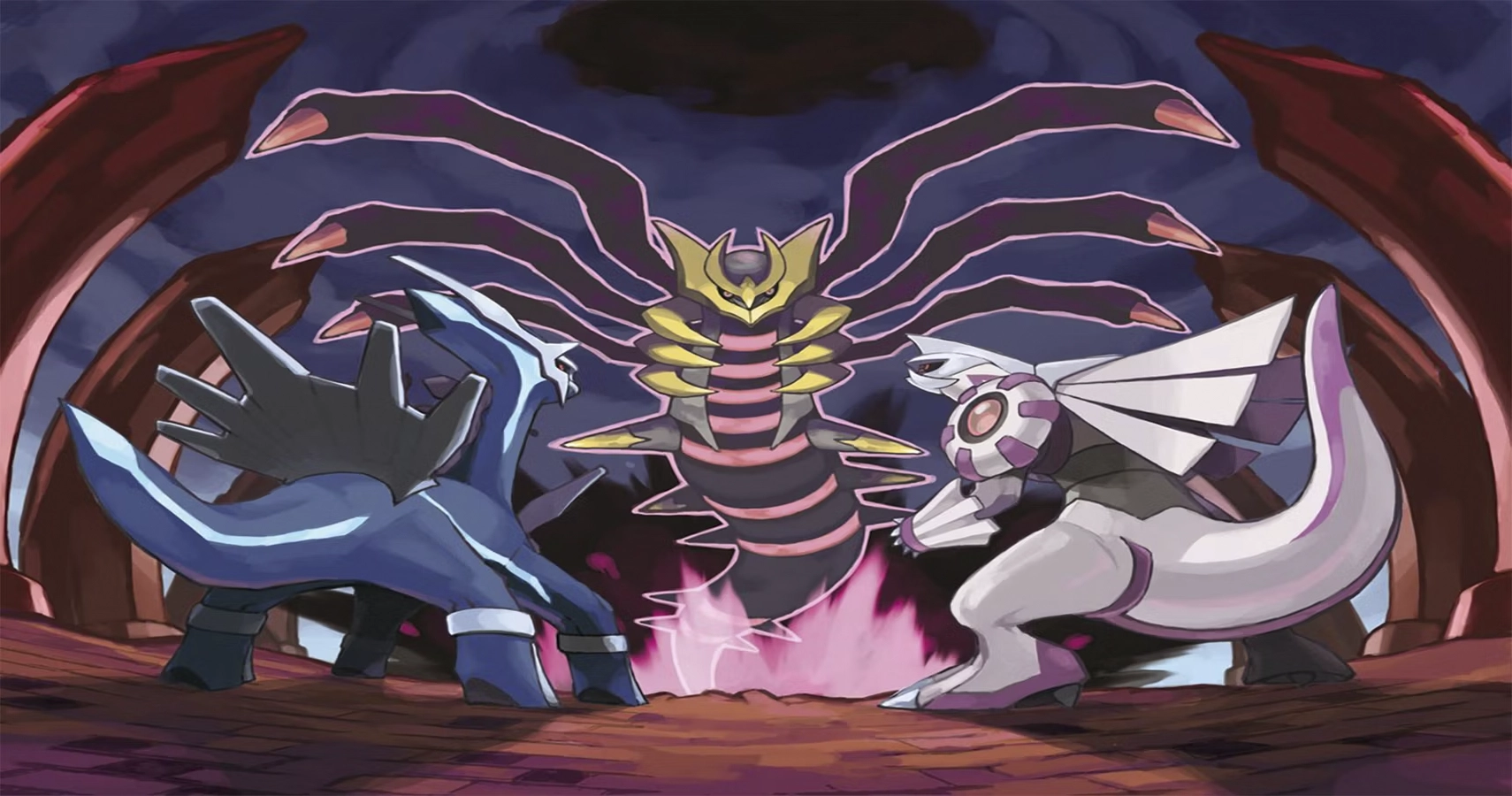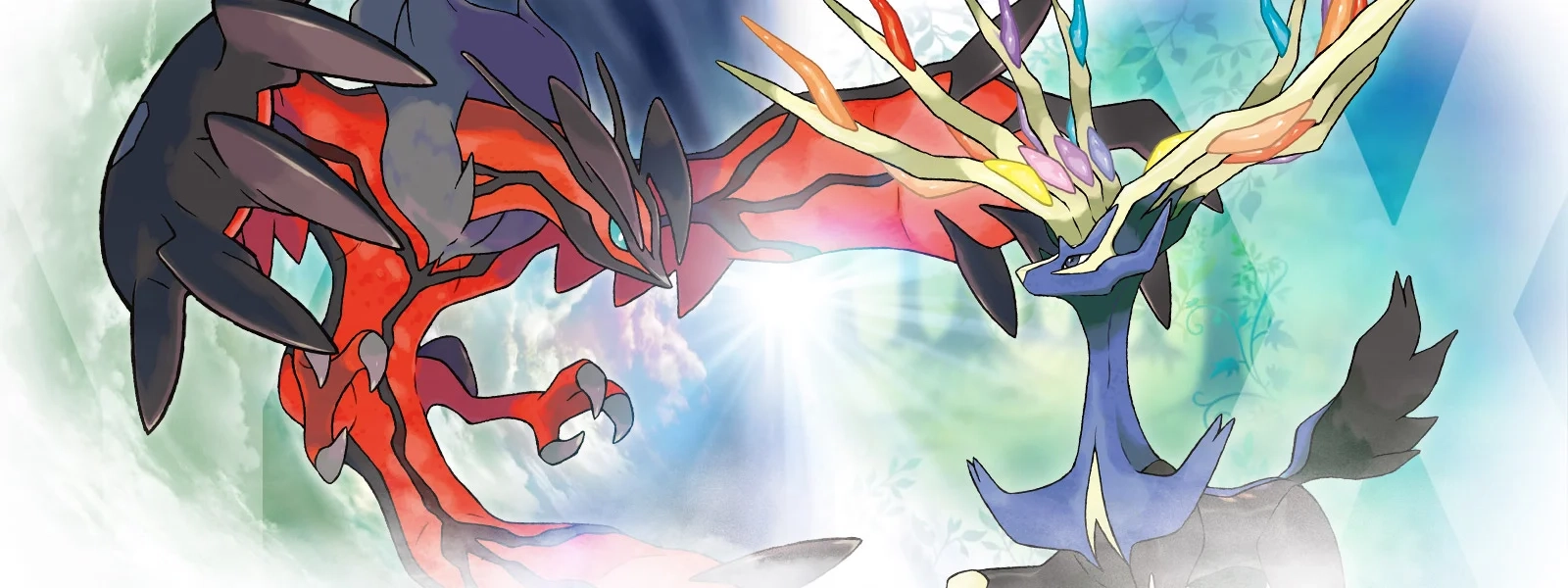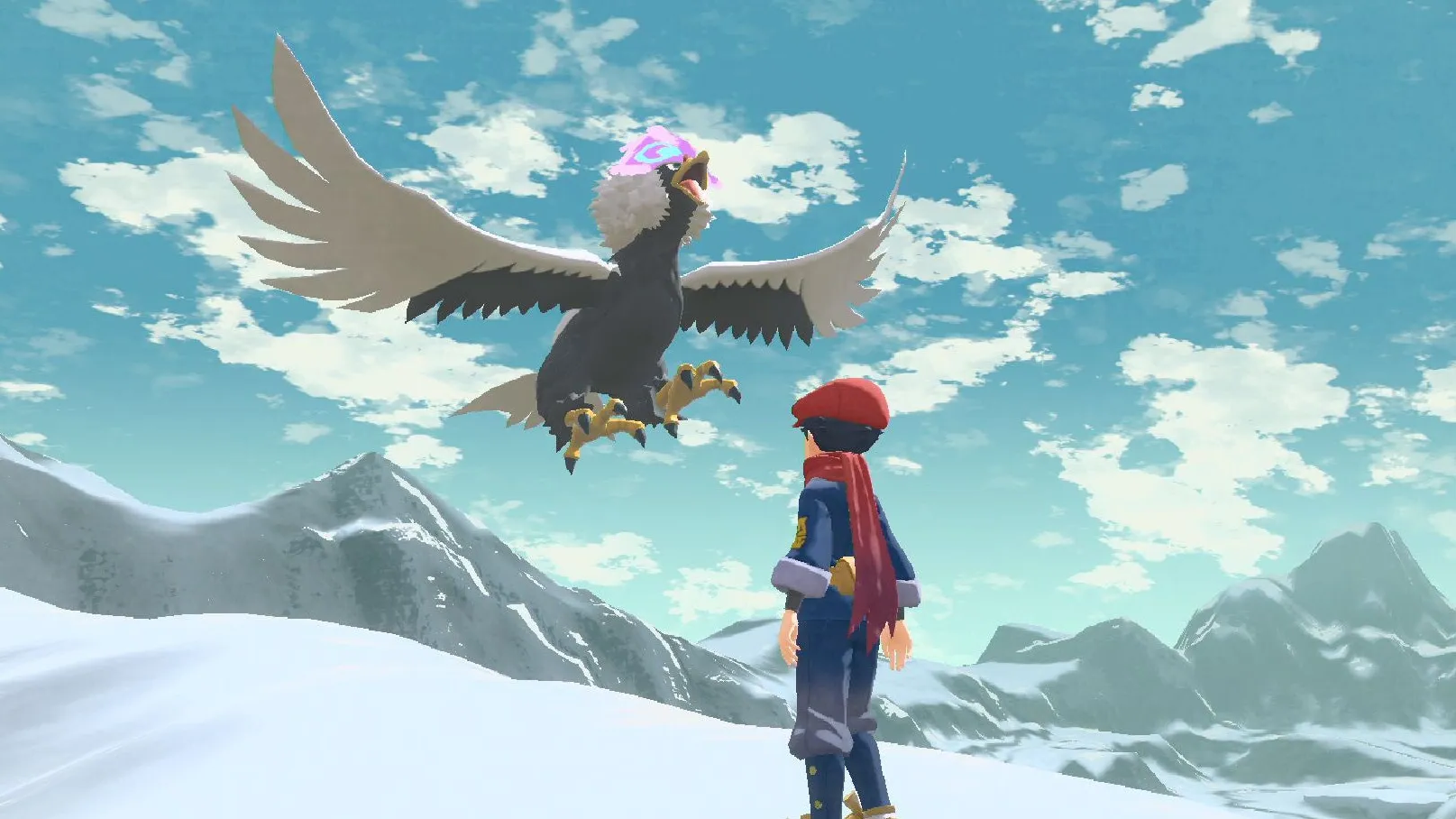The best Pokémon games ever released
-
Pokémon Red and Blue
Pokémon Red and Blue were the first games in the Pokémon series, released in 1996. These games introduced players to the world of Pokémon, setting the foundation for the entire franchise. With 151 Pokémon to catch and train, these games offered a groundbreaking experience in role-playing and adventure gaming.
The turn-based combat system and the concept of catching and training Pokémon were revolutionary. Players had to think strategically about their team composition and movesets, leading to a deep and engaging gameplay experience.
-
Pokémon Gold and Silver
Pokémon Gold and Silver, released in 1999, expanded the Pokémon universe with 100 new species, bringing the total to 251. These games introduced new gameplay elements that enriched the player experience significantly.
Gold and Silver introduced the day-night cycle, breeding mechanics, and the concept of Pokémon holding items. These additions provided greater depth and variety to the gameplay.

-
Pokémon Ruby and Sapphire
Released in 2002, Pokémon Ruby and Sapphire brought players to the Hoenn region. With 135 new Pokémon and enhanced graphics, these games marked a significant step forward for the franchise.
Ruby and Sapphire introduced double battles, abilities, and natures, adding complexity to the gameplay. The new region and storyline were well-received, providing a fresh experience for players.
-
Pokémon Diamond and Pearl
Pokémon Diamond and Pearl, released in 2006, were the first mainline games on the Nintendo DS. These games brought significant graphical improvements and new gameplay mechanics.
Diamond and Pearl introduced online trading and battling, allowing players to connect and compete globally. The addition of the Physical/Special split in moves added strategic depth to battles.

-
Pokémon Black and White
Released in 2010, Pokémon Black and White took players to the Unova region. With 156 new Pokémon and a focus on a more mature storyline, these games stood out in the series.
Black and White explored themes of truth and ideals, presenting a more narrative-driven experience. The introduction of fully animated sprites and seasonal changes added to the immersive experience.
-
Pokémon X and Y
Pokémon X and Y, released in 2013, were the first games in the main series to feature fully 3D graphics. Set in the Kalos region, these games introduced several new features and Pokémon.
The shift to 3D graphics was a major milestone, providing a more visually engaging experience. X and Y also introduced Mega Evolutions, allowing Pokémon to temporarily evolve into more powerful forms during battles.

-
Pokémon Sun and Moon
Pokémon Sun and Moon, released in 2016, brought players to the tropical Alola region. These games broke from traditional conventions, offering a new structure and gameplay experience.
Sun and Moon replaced traditional gyms with island trials, providing a fresh take on the series' progression system. The games also introduced Alolan forms of classic Pokémon, adding variety and nostalgia.
-
Pokémon Sword and Shield
Released in 2019 for the Nintendo Switch, Pokémon Sword and Shield brought the series to a home console with enhanced graphics and new gameplay elements.
Sword and Shield introduced the Galar region, Dynamaxing, and Gigantamaxing, adding new strategic layers to battles. The Wild Area provided an open-world experience, a first for the series.

-
Pokémon Let's Go, Pikachu! and Let's Go, Eevee!
These games, released in 2018, are remakes of Pokémon Yellow, blending traditional gameplay with elements from Pokémon GO. They were designed to be more accessible to new players while still appealing to longtime fans.
The games featured simplified catching mechanics and the ability to see Pokémon in the overworld, enhancing the exploration experience. Integration with Pokémon GO allowed for transferring Pokémon between the games.
-
Pokémon Legends: Arceus
Pokémon Legends: Arceus, released in 2022, took the franchise in a new direction with an open-world design and real-time action elements. Set in the Hisui region, this game offers a unique blend of traditional Pokémon gameplay and new mechanics.
Arceus introduced players to a more immersive world where they could catch Pokémon directly in the wild, engage in real-time battles, and explore a vast, open landscape. This departure from the mainline series mechanics was well-received.

-
Pokémon Emerald
Pokémon Emerald, released in 2004, is the enhanced version of Pokémon Ruby and Sapphire. It featured an expanded storyline and new gameplay elements, making it a favorite among fans.
Emerald introduced the Battle Frontier, a complex post-game area that provided challenging battles and unique rewards. This addition offered significant replay value.
-
Pokémon Platinum
Pokémon Platinum, released in 2008, is the enhanced version of Pokémon Diamond and Pearl. It brought numerous improvements and additions that refined the original games' experience.
Platinum introduced the Distortion World, a unique area with puzzles and challenges. The game also featured an expanded storyline, improved graphics, and additional Pokémon forms.

-
Pokémon HeartGold and SoulSilver
Released in 2009, Pokémon HeartGold and SoulSilver are remakes of Pokémon Gold and Silver. These games brought the classic Johto adventures to the Nintendo DS with updated graphics and features.
HeartGold and SoulSilver included features from Pokémon Crystal, as well as new content like the Pokéwalker accessory, which allowed players to interact with their Pokémon in real life.
-
Pokémon Omega Ruby and Alpha Sapphire
Pokémon Omega Ruby and Alpha Sapphire, released in 2014, are remakes of Pokémon Ruby and Sapphire. These games brought the Hoenn region to the Nintendo 3DS with modern graphics and features.
Omega Ruby and Alpha Sapphire introduced new Mega Evolutions and the Primal Reversion mechanic for Groudon and Kyogre. The games also featured the Delta Episode, an additional storyline involving Deoxys and Rayquaza.

-
Pokémon Ultra Sun and Ultra Moon
Released in 2017, Pokémon Ultra Sun and Ultra Moon are enhanced versions of Pokémon Sun and Moon. These games expanded on the original storyline and introduced new gameplay features.
Ultra Sun and Ultra Moon featured new Ultra Beasts, an expanded Alola region storyline, and the ability to explore Ultra Space. The addition of the Team Rainbow Rocket storyline brought back classic villains from previous games.